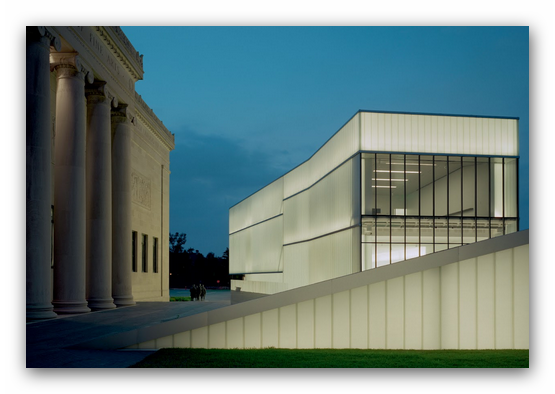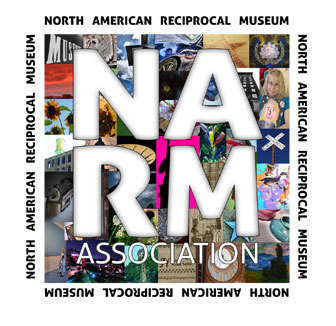First opened to the public in 1933, the Nelson-Atkins Museum of Art maintains collections of more than 35,000 works of art.
A few highlights from the collection include Native American art from pre-European to contemporary, more than 7,000 works of Asian art spanning 5,000 years, 900 works of European art ranging from the medieval period to the late 19th century, a large collection of Old Master prints and drawings, and a collection of Modern Art from 1900 to 1959 representing Cubism, Expressionism, Fauvism, Dada, Surrealism, Bauhaus and Abstract Expressionism. The collection is displayed by culture, theme and medium.
An ongoing program of art acquisition meant the original Museum of Fine Arts building no longer provided sufficient space. This led to the unveiling, in 2007, of the Bloch Building, a state-of-the-art addition designed by Steven Holl Architects, which increased gallery and storage space for the growing collection.
Read our review of the Nelson-Atkins Museum of Art in Art Things Considered - An Art Geek Travel Blog.
Please check the museum website for updated exhibition information. Scheduling may have been modified as a result of the temporary museum closure.
Exhibitions & Dates
Glorious Glass: Selections from the Collections
Nov 2 2024 - Aug 9 2026
Centuries of glass making across Europe
John Smart: Virtuoso in Miniature
Dec 21 2024 - Jan 4 2026
A signed and dated portrait from nearly every year the artist worked

